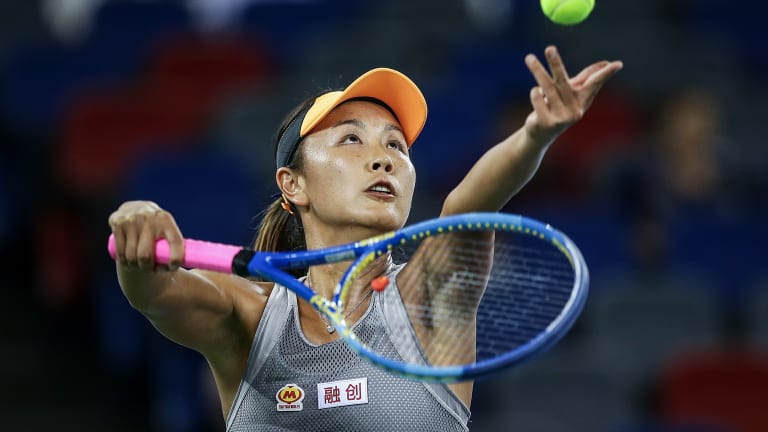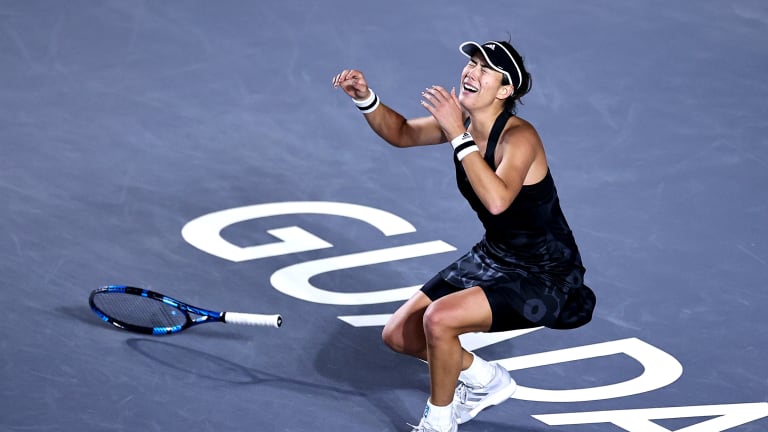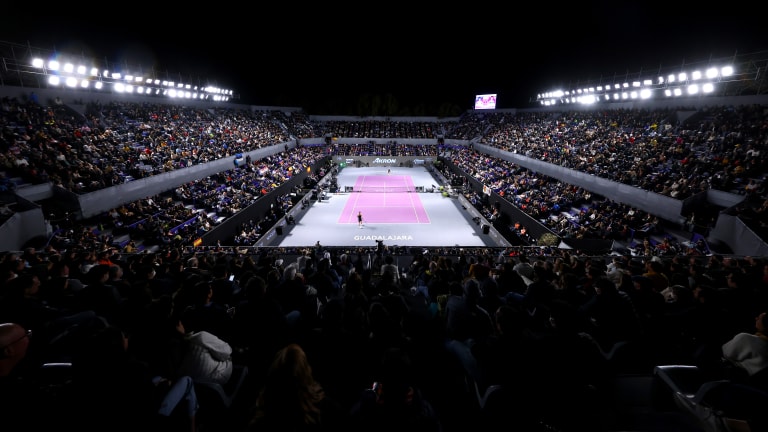WTA Finals
The Rally: Peng Shuai latest; tennis’ future with China; a boisterous WTA Finals; a women’s season with an entertaining surprise around every corner
By Nov 18, 2021WTA Finals
How Elena Rybakina rose to a "challenging" 2025 with WTA Finals victory
By Nov 09, 2025WTA Finals
Elena Rybakina finishes 2025 resurgence by beating world No. 1 Aryna Sabalenka to win WTA Finals
By Nov 08, 2025WTA Finals
WTA Finals Final: Sabalenka vs. Rybakina | Where to Watch
By Nov 08, 2025WTA Finals
Aryna Sabalenka finds the answers against Amanda Anisimova to reach second WTA Finals final
By Nov 07, 2025WTA Finals
Elena Rybakina rallies to defeat Jessica Pegula in WTA Finals semifinals
By Nov 07, 2025WTA Finals
WTA Finals Day 7: Pegula vs. Rybakina and Sabalenka vs. Anisimova | Where to Watch
By Nov 07, 2025WTA Finals
"I feel like I belong": Amanda Anisimova builds on career breakthrough at debut WTA Finals
By Nov 06, 2025WTA Finals
Aryna Sabalenka eliminates Coco Gauff from WTA Finals, joins Jessica Pegula in semifinals
By Nov 06, 2025WTA Finals
WTA Finals Day 6: Pegula vs. Paolini and Sabalenka vs. Gauff | Where to Watch
By Nov 05, 2025The Rally: Peng Shuai latest; tennis’ future with China; a boisterous WTA Finals; a women’s season with an entertaining surprise around every corner
We often hear that tennis either needs a big star or a high-profile rivalry to make things interesting, but 2021 may have proven those theories wrong.
Published Nov 18, 2021
Advertising
Advertising
Advertising

The Peng Shuai story has become more unsettling by the day, with potentially dangerous consequences.
© 2019 Getty Images
Advertising

Inspired by the Mexican crowd, Muguruza shook off an opening round robin loss to win her final four matches in Guadalajara.
© All rights reserved 2021 GETTY IMAGES
Advertising

Anett Kontaveit and Paula Badosa made the season-ending championships for the first time, but were just two of the many engaging stories during this WTA season.
© Getty Images for WTA,